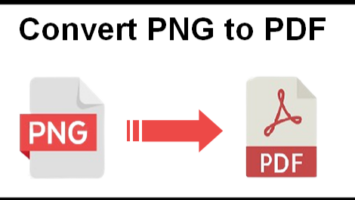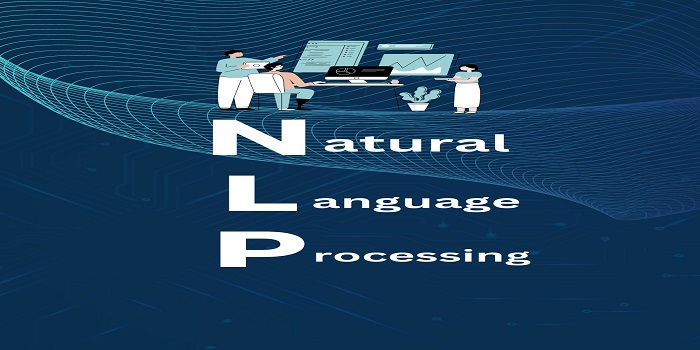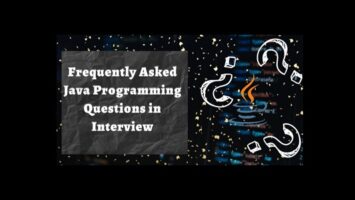Table of Contents
A Guide to Paraphrasing in Scientific Writing:
Paraphrasing is an essential skill in scientific writing, as it enables researchers to present ideas from various sources in their own words while maintaining the integrity and meaning of the original text.
The importance of paraphrasing in scientific writing lies in its ability to convey complex concepts clearly and concisely while avoiding plagiarism. Common problems with paraphrasing include unintentional plagiarism, loss of original meaning, and awkward phrasing.
This article provides a comprehensive guide to paraphrasing in scientific writing, detailing different types, steps, and tips for effective paraphrasing, as well as the introduction of the AI paraphrasing tool.
So, let’s get started!
Types of Paraphrasing:
(1) Word Substitution: This involves replacing specific words in the original text with synonyms or alternative phrases to convey the same meaning while maintaining the overall structure of the sentence.
(2) Sentence Restructuring: In this approach, the structure of the original sentence is changed, such as altering the order of clauses, combining sentences, or breaking them into smaller units, all while preserving the original meaning.
(3) Combining Ideas from Multiple Sources: This type of paraphrasing involves integrating information from various sources and presenting it as a cohesive and unified idea or argument, without directly copying any single source.
Steps to Paraphrasing:
Paraphrasing is an important skill in scientific writing, and following a structured approach can help ensure accuracy and effectiveness. Here is an in-depth explanation of the steps to paraphrasing:
(1) Read the Original Text Thoroughly: Take the time to read and understand the source material completely. Pay close attention to the main ideas, supporting details, and the context in which they are presented. This step is vital to ensure that you can accurately convey the intended meaning in your paraphrase.

(2) Identify the Main Idea and Supporting Details: After gaining a thorough understanding of the original text, pinpoint the key points and any relevant supporting information. This will help you focus on the most critical aspects of the text while paraphrasing, ensuring that you don’t inadvertently change the intended meaning.
(3) Write the Text in Your Own Words: Begin the paraphrasing process by expressing the main ideas and supporting details in your own language, phrasing, and sentence structure.

This is the core of paraphrasing—rewording the original text to create a new version that maintains the meaning while being distinct from the source material.
(4) Compare Your Paraphrased Text to the Original Text: After writing your paraphrase, examine it in relation to the original text to ensure that it accurately conveys the intended meaning.
Check for any unintentional plagiarism or significant deviations from the original text’s message. This comparison step helps ensure that your paraphrase is both accurate and distinct.
(5) Edit and Revise as Necessary: Once you have compared your paraphrase to the original text, refine it as needed. Make adjustments for clarity, coherence, and accuracy, addressing any issues that may have arisen during the paraphrasing process.
This final editing step helps to produce a polished, high-quality paraphrase.
Manual Paraphrasing vs. AI Paraphrasing Tool:
As paraphrasing is an essential skill in scientific writing, it is important to choose the most effective method to accomplish this task.
In recent years, AI-powered paraphrasing tools have emerged as a popular alternative to manual paraphrasing. Here are the benefits of AI paraphrasing tools:
(1) Speed: AI paraphrasing tools can generate paraphrased text almost instantly, saving valuable time compared to manual paraphrasing, which can be a slow and laborious process.
(2) Consistency: AI tools provide consistent results, reducing the risk of human errors or inconsistencies that can occur with manual paraphrasing.
(3) Vocabulary Enhancement: AI tools have access to vast databases of synonyms and alternative phrasing options, enabling them to offer a wider range of vocabulary options than an individual might be able to generate manually.
(4) Reduced Cognitive Load: Using an AI paraphrasing tool reduces the cognitive burden associated with manual paraphrasing, allowing researchers to focus on other aspects of their work, such as data analysis, interpretation, and manuscript preparation.
| Criteria | Manual Paraphrasing | AI Paraphrasing Tool |
|---|---|---|
| Speed | Slow and time-consuming | Limited by an individual’s knowledge and skills |
| Consistency | Prone to human errors and inconsistencies | Consistent results, minimizing errors |
| Vocabulary Enhancement | Varies depending on the individual’s skill level | Access to extensive databases for synonyms and phrasing |
| Cognitive Load | High cognitive demand | Reduces cognitive burden, allowing focus on other tasks |
| Customizability | Flexible, tailored to specific needs | More limited customizability, but improving over time |
| Plagiarism Detection | Varies depending on individual’s skill level | Typically includes built-in plagiarism detection features |
Tips for Effective Paraphrasing in Scientific Writing:
To enhance the quality of your paraphrasing in scientific writing, consider implementing the following tips:

(1) Use Synonyms and Alternative Phrasing: Employ different words or phrases to express the same idea without changing the overall meaning.
Synonyms and alternative phrasing can help create variation and make your paraphrase distinct from the original text. However, be cautious not to introduce words that may alter the intended meaning.
(2) Rearrange Sentence Structure: Change the structure of the original sentence by modifying the order of clauses, combining sentences, or breaking them into smaller units.
This technique allows you to create a paraphrase that is distinct from the source material while maintaining the original meaning. Be mindful of potential shifts in emphasis or meaning as you restructure sentences.
(3) Use Direct Quotes Sparingly- Although direct quotes can be useful for emphasizing specific points or preserving the original phrasing’s impact, they should be used judiciously.

Rely on paraphrasing to present the majority of your information, and reserve direct quotes for instances where they add significant value to your writing.
(4) Use an AI Paraphrasing Tool- Artificial intelligence tools can be helpful in generating paraphrased text. These tools can provide suggestions for synonyms, alternative phrasing, and sentence restructuring.
However, always review and edit the output to ensure that it is accurate, coherent, and maintains the intended meaning.
(5) Attribute Ideas and Sources Appropriately- Even when paraphrasing, it is essential to give proper credit to the original sources of information. Include citations and references as needed to acknowledge the work of others and avoid plagiarism.
Proper attribution not only demonstrates your adherence to ethical research practices but also lends credibility to your work.
Examples of Paraphrasing in Scientific Writing:
- Original: “Climate change has led to increased global temperatures and more frequent extreme weather events.”
Paraphrase: “There have been more severe weather events and higher temperatures around the world as a result of climate change.” - Original: “The use of renewable energy sources, such as solar and wind power, can help reduce greenhouse gas emissions and mitigate the effects of climate change.”
Paraphrase: “Utilizing renewable energy sources like solar and wind can help reduce greenhouse gas emissions and the effects of climate change.” - Original: “Nanotechnology has the potential to revolutionize various industries, including medicine, electronics, and energy production.”
Paraphrase: “The development of nanotechnology has the potential to transform a variety of industries, including healthcare, electronics, and energy production.”
Conclusion:
Mastering the art of paraphrasing in scientific writing is crucial for researchers and academics alike. It enables clear and concise communication of complex ideas while giving proper credit to original sources.
By following the guidelines presented in this guide, you can ensure that your work maintains the highest standards of integrity, readability, and creativity.









Comments (No)